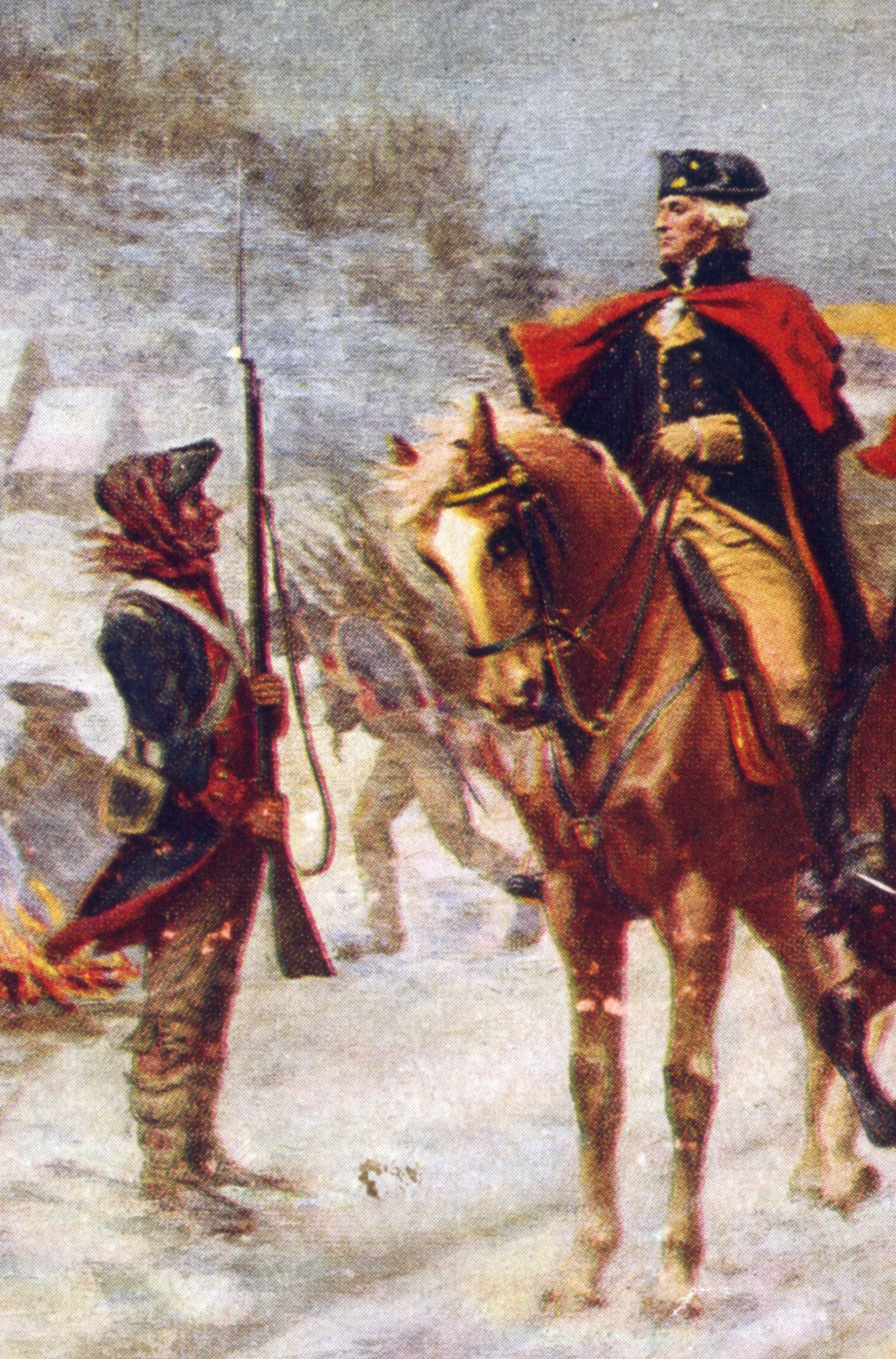Loading...
Valley Forge history recounts one of the darkest moments in the Revolutionary War. The site itself was the third of eight military encampments for the Continental Army’s main body which General George Washington commanded.
Valley Forge History
- Washington needed to put his army into winter camp. He wanted to stay close to Howe’s army and protect the Congress in York.
- He chose a site on the west side of the Schuylkill River and was 25 miles NW of Philadelphia called Valley Forge.
- The army began setting up camp on December 19, 1777.
- They had to construct their own huts because the site had a little natural cover.
- Worse, the Continental Army’s commissary head and quartermaster general resigned. It was hard to find anyone competent to replace them.
- The army had to cope with the frequent lack of supplies. Washington constantly wrote to Congress, but he got little relief. Some men were nearly naked. Others had mismatched and inadequate clothing.
- The men lived mainly on “firecake,” a thin bread made of flour and water that was baked over a campfire. The cry “No meat! No meat!” was frequently heard.
- Middlekauff (420): “Pork which had been purchased in New Jersey remained there to spoil for lack of wagons. In Pennsylvania, private contractors shipped flour to New England, where prices were better, while Washington’s soldiers had short rations. And a number of farmers around Philadelphia preferred to sell to the British in the city, who had hard cash than to accept Washington’s promises of payment.”
- Washington was forced to allow occasional foraging (something he had not allowed previously).
- By February, half of Washington’s army was gone. As many of 1100 deserted to the British Army. Many of the ones who remained were sick and unable to serve. Although there was plenty of grumbling, there was no mutiny.
- John Laurens (an aide of Washington’s and the son of the president of Congress) wrote. “We have some as brave individuals among our officers as any who exist. The men in the ranks are the best crude materials for soldiers, I believe, in the world, for they possess docility and patience which astonish foreigners. With a little more discipline, we should drive the haughty Briton to his ships.”
- The supply situation improved when Nathanael Greene became a quartermaster general in May 1778.
This article is part of our larger selection of posts about Colonial America. To learn more, click here for our comprehensive guide to Colonial America.
This article is also part of our larger selection of posts about American History. To learn more, click here for our comprehensive guide to American History.
Additional Resources About Revolution and Colonies
Cite This Article
"Valley Forge: The Great Trial of the Revolution" History on the Net© 2000-2024, Salem Media.
July 27, 2024 <https://www.historyonthenet.com/valley-forge-history-facts-summary>
More Citation Information.







